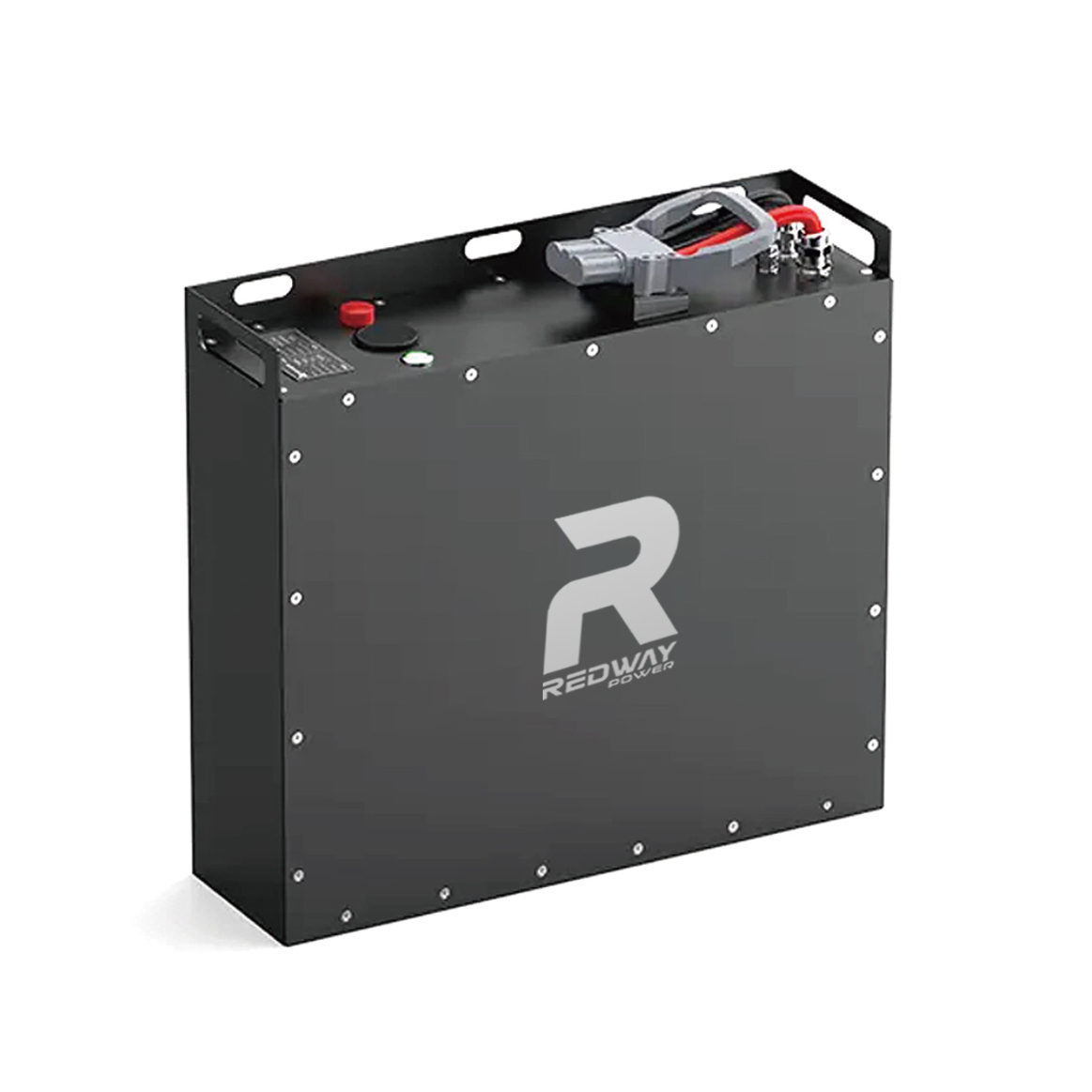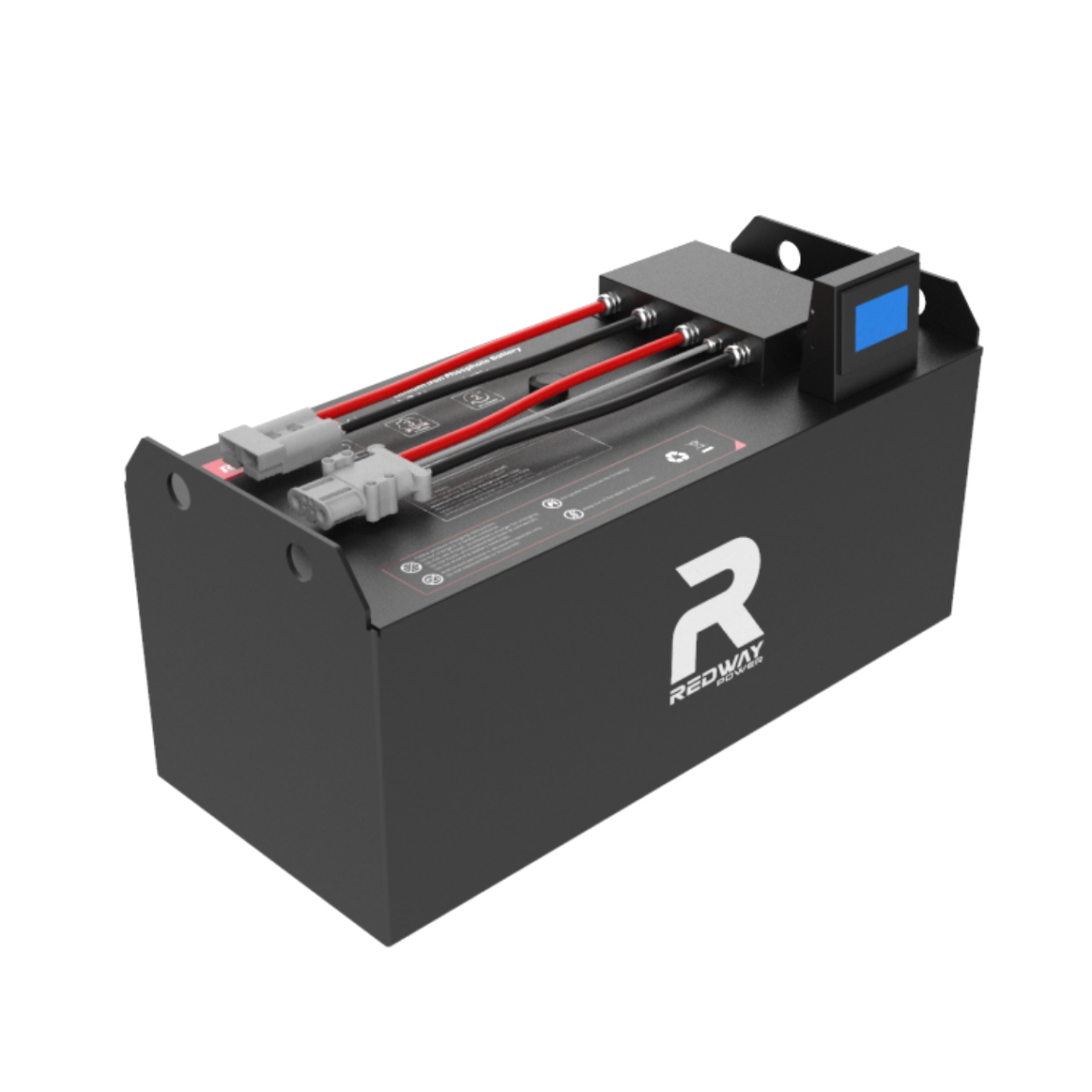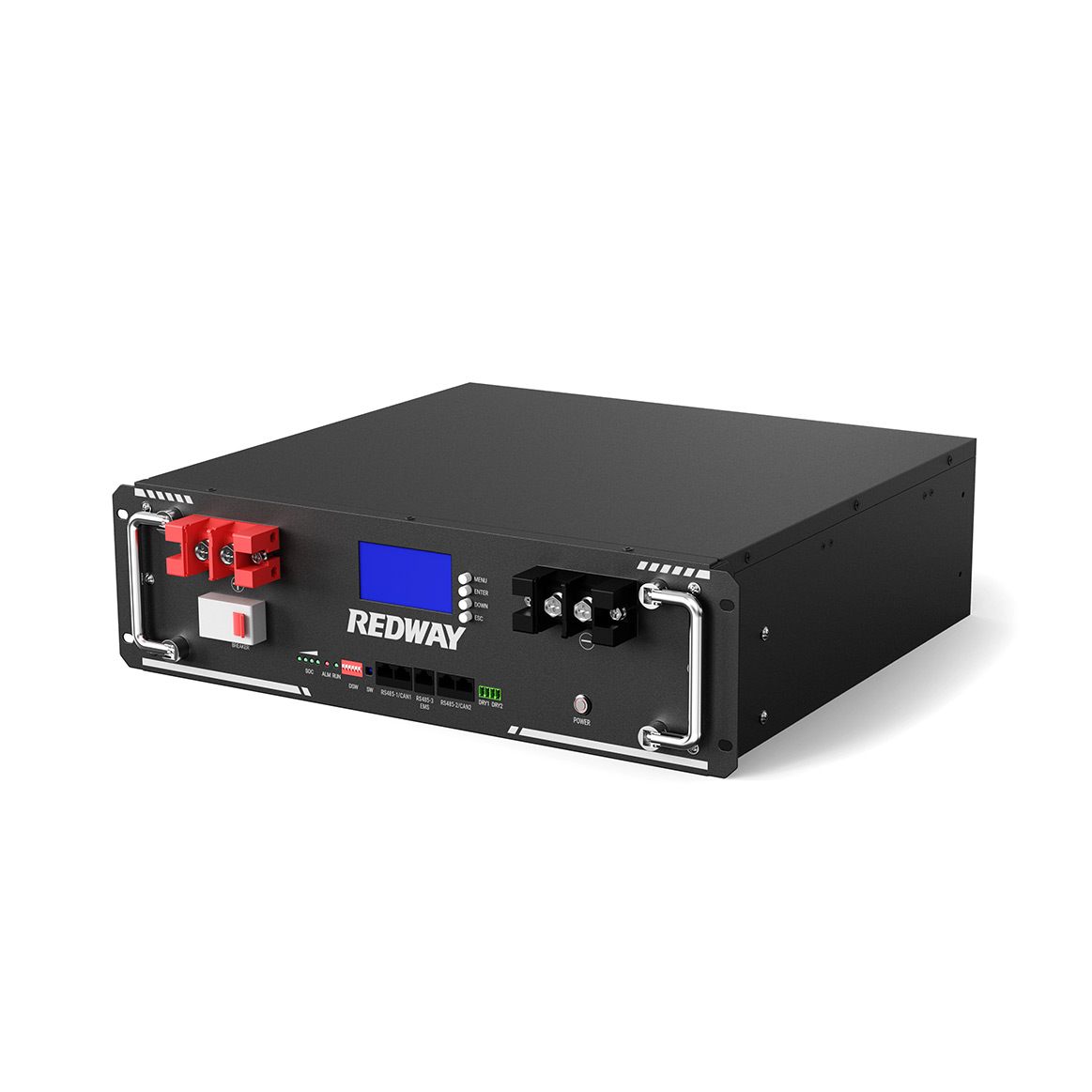Deep Cycle LiFePO4 Batteries Manufacturer
Looking for a business partner from whom you can buy deep cycle lithium batteries at wholesale price? We got you covered. Learn more about how we can work together.
Redway Lithium ion Battery Factory has been diligently striving to unlock the mysteries of transforming deep cycle LiFePO4 Batteries into a profitable venture. Discover the inner workings of LiFePO4 Batteries, explore their advantages, various categories, extensive product line, exceptional craftsmanship, and a plethora of other fascinating details by simply clicking the button below!
We are a Lithium Battery OEM Factory
Redway is dedicated to the domains of 12V, 24V, 36V, 48V, 60V, 72V, 80V, 96V, 100V Deep Cycle Lithium Iron Phosphate Batteries, RV lithium battery, Marine battery, Rack-mounted lithium battery, Golf cart lithium battery and Forklift lithium batteries. Their ultimate goal is to fulfill the diverse energy needs of customers by providing comprehensive energy service solutions. These solutions encompass a range of offerings, including lithium-ion battery energy storage products, smart hardware solutions, energy investment, and operational services, among others.
Don’t you find what you are looking for?
Just tell us your detailed requirements. The best offer will be provided.
Blog
How Long Does It Take to Charge a 72V 100Ah LiFePO4 Battery?
December 23, 2025
No Comments
Charging a 72V 100Ah LiFePO4 battery typically requires 5-10 hours depending on the charger amperage and battery condition. Using a 20-25A smart charger optimized for
What Is the Real-World Range of a 72V 100Ah Golf Cart Battery?
December 23, 2025
No Comments
A 72V 100Ah LiFePO4 battery from Redway Battery typically delivers 35-45 miles per charge under normal conditions. Range depends on terrain, passenger load, speed, and
How to Install 72V LiFePO4 Battery in a Golf Cart?
December 23, 2025
No Comments
Installing a 72V LiFePO4 battery in a golf cart enhances performance, reduces weight, and extends lifespan. Redway Battery, a leading OEM in Shenzhen, provides plug-and-play








